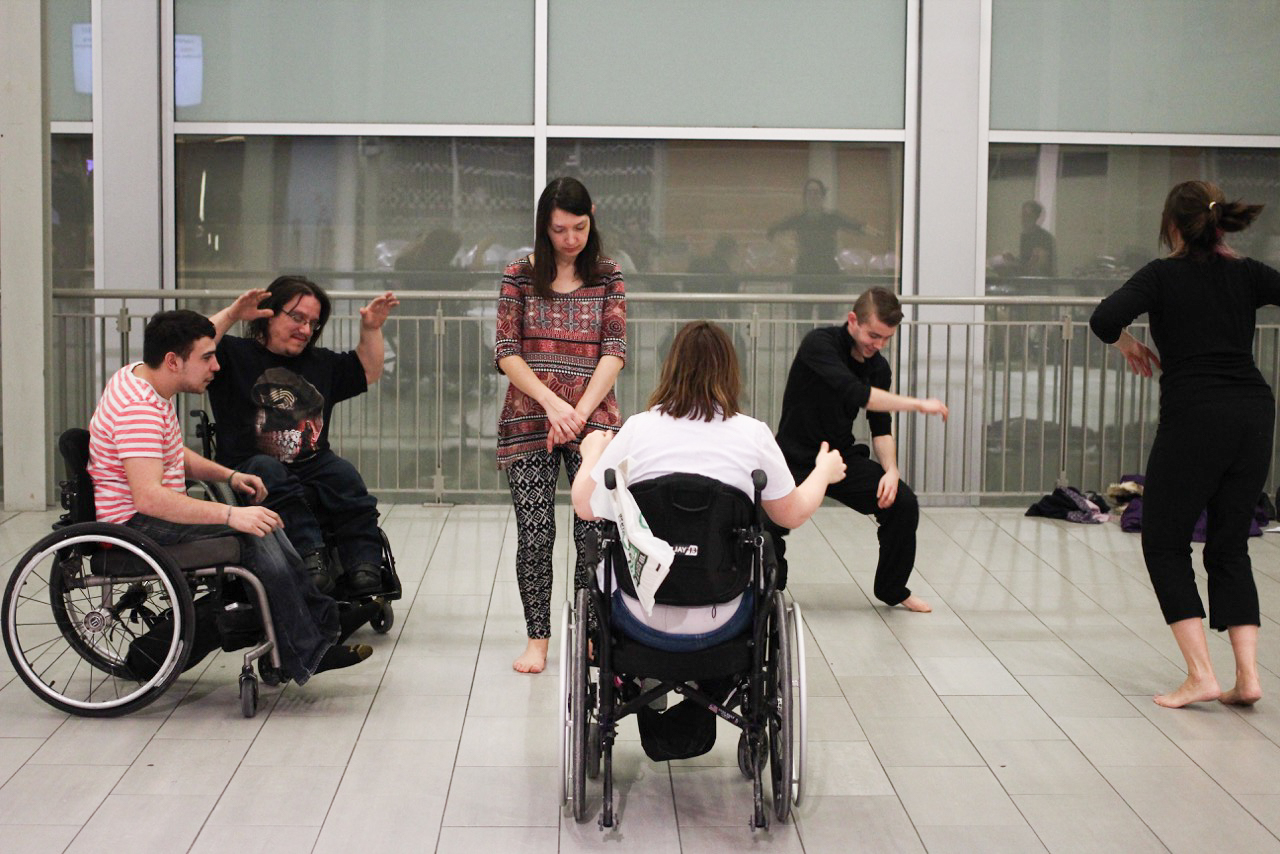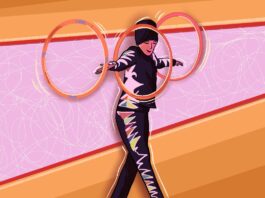In the University Centre atrium, Propeller Dance came ready to bring forward integrated movement to campus on Jan. 22.
The event was in partnership with Nathan Bragg and the Carleton Disability Awareness Centre (CDAC).
Following the lead of a teacher, participants began with a warm-up of stretches, and continued into full-body dancing. Dancers were encouraged to participate rhythmically by slapping the floor, clapping their hands, or hitting their wheelchair.
“Involving individuals who have disabilities and those who do not have disabilities, individuals with visual disabilities, learning disabilities, a whole different mix, shows that people can come together and all be one and dance,” Bragg said.
This event has never been done at Carleton before. Bragg said he is “always trying to think of different ways, creative event ideas that bring something new to campus and show disability in a different way than what people are used to seeing.” The event was initially proposed by another student to the CDAC.
Propeller Dance was created in 2007, and teaches and performs dance involving people of all abilities.
The idea was “to create meaningful art that broadens acceptance of diversity in its many forms,” said Shara Weaver, choreographer and teacher. As co-director, choreographer, and company dancer, Weaver explained the genre of movement that Propellor Dance developed.
“It is a dance specialization where dance artists of diverse minds and bodies create new dance and performance, drawing on various established techniques within the improvisation, theatre, and contemporary dance genres,” Weaver said.
Partnering with Sylvain Bouchard, a company dancer since 2013, Weaver instructed the class for the evening.
The choreography was inspired by the “traditional techniques of modern dance, contact improvisation, ballet, hip-hop,” Weaver said about the routines for the workshop. However, she added that many of these techniques were created by and for “able-bodied” people.
“So what we do is we create techniques that all people can do. We make adaptations to make the dance accessible, but then we also do a lot of improvisation, a study of making your own choices in the moment,” she said.
Bouchard said he “likes to explore all kinds of dance . . . when musicians, like today, are just jamming.”
Bouchard described the atmosphere at Propeller Dance as “a discussion between the dancers and the band.”
Equipped with a few drums and a cymbal or two, the expectation of the night from Bouchard was “just to have fun and move.”
“I am not a dancer, I will not call myself a dancer,” Bragg said. “But to just sit back and not get involved would be missing the point.”
“Often people assume that what we are doing is therapy because of the presence of disability,” said Weaver. “It is not at all a form of therapy. It is about creation.”




